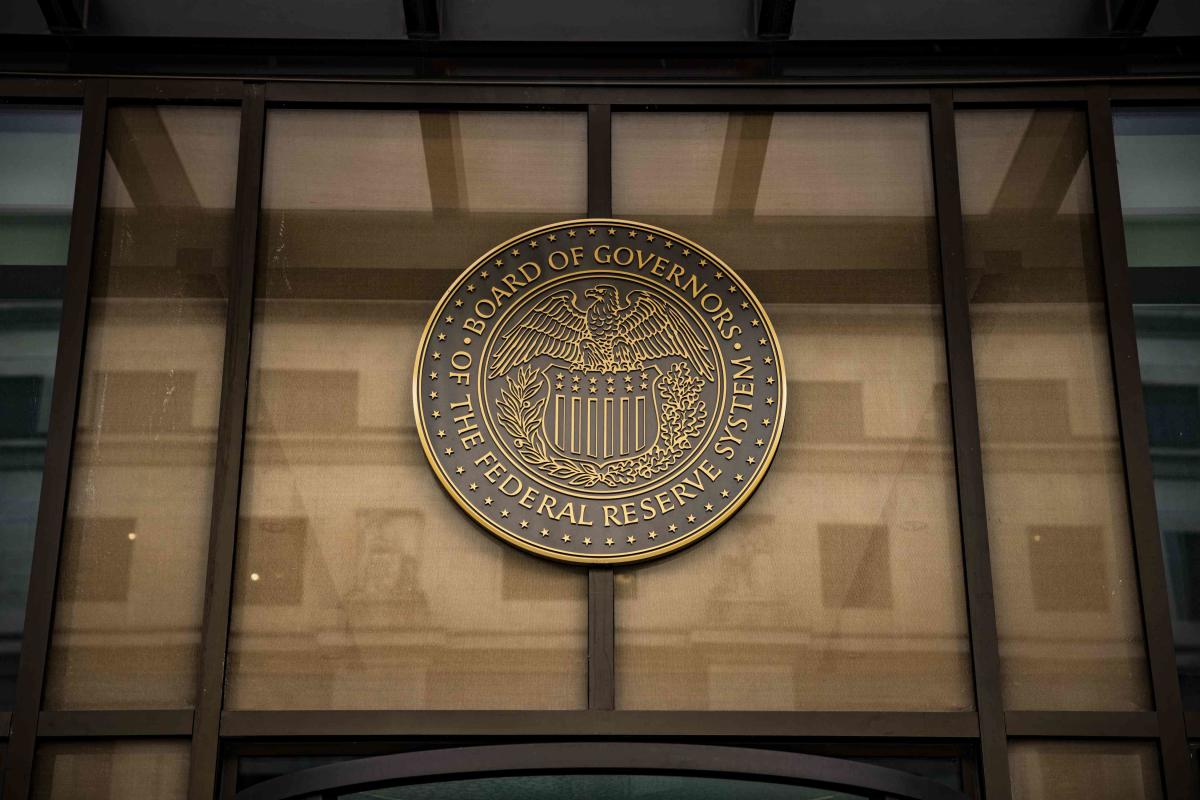Bloomberg / Contributor / Getty Images
Meeting minutes show that Federal Reserve officials are hesitant to cut interest rates as inflation remains above their 2% goal.
-
Members of the Federal Open Market Committee considered inflation driven by tariffs to be a bigger threat to the economy than joblessness, according to minutes of a July meeting released Wednesday.
-
Tariff-related inflation concerns dominated the discussion before the FOMC’s decision to keep the central bank’s key interest rate steady.
-
The thinking of FOMC members may have shifted after a shocking decline in job creation was reported days later.
Behind closed doors, officials at the Federal Reserve said much the same as they’ve said in public: that concerns over tariffs stoking inflation led them to keep the central bank’s interest rate flat in July instead of cutting it.
That’s according to minutes of the July meeting released Wednesday. The minutes showed members of the central bank’s policy committee were divided over whether inflation or joblessness is the biggest threat to the economy.
The minutes shed some light on how Fed officials are thinking about how they should use monetary policy to pursue their “dual mandate” of keeping inflation low and employment high. The minutes echoed public statements Fed officials have made recently, but are outdated since they were made before the surprise slowdown in the job market was revealed in an Aug. 1 hiring report.
Talk of tariffs dominated the discussion. Members of the Federal Open Market Committee debated how much the tariffs are likely to push up prices, how long it will take for those price hikes to make their way through supply chains to store shelves, and whether those higher prices will set off a self-reinforcing cycle of price hikes and wage increases.
“With regard to the outlook for inflation, participants generally expected inflation to increase in the near term,” the minutes said. “Participants judged that considerable uncertainty remained about the timing, magnitude, and persistence of the effects of this year’s increase in tariffs.”
At several points, the minutes referred to “a couple” of committee members who argued that the weakening job market was more worrisome than tariff-driven inflation. Although the meeting minutes did not name names, that could reference Fed governors Michelle Bowman and Christopher Waller, who voted for a rate cut but were outnumbered.
“Most participants judged the upside risk to inflation as the greater of these two risks, while several participants viewed the two risks as roughly balanced, and a couple of participants considered downside risk to employment as the more salient risk,” Ryan Sweet, chief U.S. economist at Oxford Economics, wrote in a commentary. “It’s unclear if the July employment report and the revisions to prior months, released after the July meeting, alter some views of the balance of risks.”
Financial markets currently are pricing in about an 81% chance the Fed will cut interest rates in September to bolster the job market, according to the CME Group’s FedWatch tool, which forecasts rate movements based on fed funds futures trading data.
Read the original article on Investopedia
